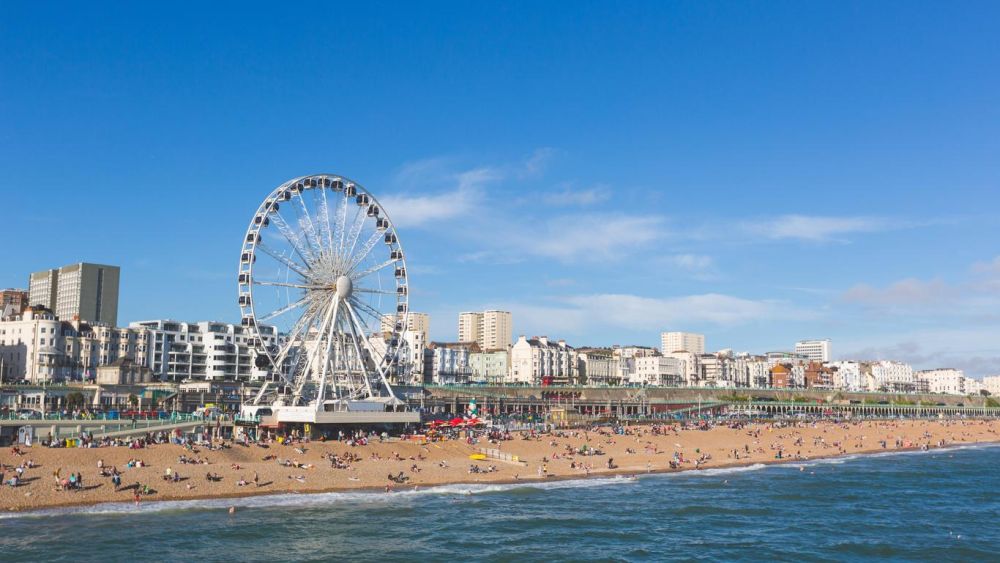

Brighton, often referred to as "London-by-the-Sea", has a rich history as a prominent tourist destination in the United Kingdom. It all started with the health benefits associated with sea bathing and the belief in the healing properties of seawater.
The tourism history in Brighton can be traced back to the 18th century. Its reputation for health and wellness began with Dr. Richard Russell, who advocated the benefits of seawater and helped to popularize the town as a resort for the elite with his book, "A Dissertation on the Use of Sea Water in the Diseases of the Glands". This led to the increase in visitors to Brighton, seeking the therapeutic effects of the sea.
In the late 18th and early 19th centuries, Brighton experienced a significant transformation, largely owing to the patronage of the Prince Regent, later King George IV. His extravagant tastes and flamboyant lifestyle left a lasting architectural mark, in particular with the construction of the Royal Pavilion. The striking Indo-Saracenic structure became an iconic symbol of the town and further cemented Brighton's status as a fashionable resort.
With the advent of the railways in the 1840s, Brighton became accessible to a wider audience. The London to Brighton rail line opened and tourism became no longer exclusive to the wealthy. The famous Brighton Pier, first opened in 1899, exemplified Victorian pleasure piers, and it became integral to the mass tourist market, offering entertainment and panoramic sea views.
In the 20th century, Brighton's popularity continued, with its proximity to London making it an ideal day-trip or weekend destination. Post WWII, Brighton evolved into a hub for cultural and music scenes, famously associated with the Mods and Rockers in the 1960s. Today, it is renowned for its vibrant LGBTQ+ community and its progressive, diverse social scene.
Today, Brighton is lauded for its independent and quirky spirit, filled with independent shops, restaurants, and a thriving cultural scene. The emphasis on authentic and sustainable travel experiences has seen a growth in eco-friendly initiatives, with visitors increasingly interested in local culture and history. Meanwhile, digital technology now plays a significant role in tourism, with apps and online resources making trip planning more interactive and personalized.
The annual Brighton Festival and Brighton Fringe bring a surge of visitors, eager to partake in one of the largest arts festivals in England. Moreover, the city's dedication to conservation is visible through projects like the Brighton & Hove UNESCO Biosphere, which aims to promote a balanced relationship between people and nature.
Focusing on newer trends, Brighton is experiencing a rise in 'staycation' tourism, as UK residents choose to explore domestic destinations. Culinary tourism is also prospering, with local food producers and restaurants gaining increasing attention for their quality and uniqueness.
Brighton's history as a tourist destination is rich and ever-evolving; its continuous adaptation to new trends and preservation of its vibrant history makes it an enduringly popular spot for both British and overseas visitors.